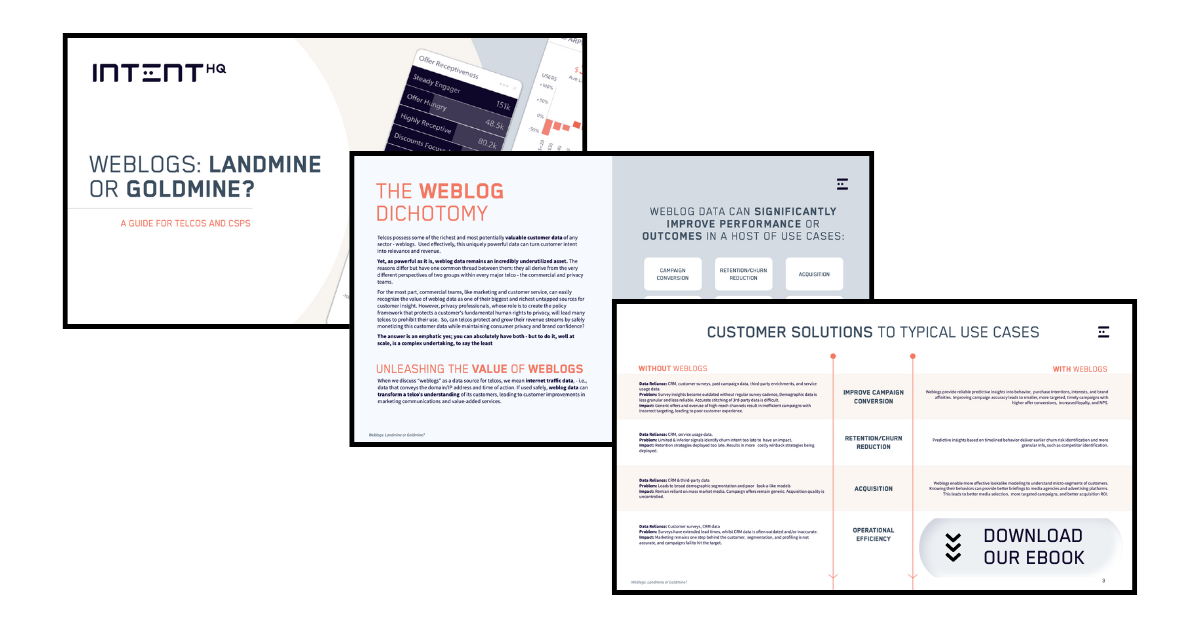Understanding and predicting customer behavior is crucial for organizations that want to thrive in today’s hyper-competitive marketplace.
One strategy companies can leverage to get more from the vast amounts of data they possess is customer behavior analysis. This refers to the process of gathering and interpreting data about users’ actions, preferences and purchasing patterns to inform strategic decision-making in marketing and across the business.
In this article, we explore the top five benefits of customer behavior analysis and its impact on modern business practices.
- Enhance customer understanding
Engaging with this strategy enables businesses to understand their target audience on a deeper level.
By collecting and analyzing data from various touch points across the user journey, such as channel interactions, campaign responses and purchase history, companies can develop detailed profiles that reflect who their customers are. The insights gleaned from data points such as these including demographics, preferences, interests, brand affinity, emotional drivers and much more.
Armed with this comprehensive insight, businesses can tailor their marketing strategies, product offerings and customer experiences to effectively meet and exceed their expectations.
- Personalize marketing and product recommendations
Leveraging customer behavior analysis allows organizations to personalize their marketing efforts and drive better experiences. With the vast amount of data available to marketers today, it’s no surprise that it’s a goldmine of valuable information that can tell you a lot about the audience you interact with.
With the results of your customer behavior analysis, you can segment customers based on their preferences, interests and buying behaviors; and with the right technology, predict their future desires and pain points, to create targeted campaigns that resonate with them in the moment. This information enables you to target them with appropriate product and service recommendations when they are most likely to be relevant, allowing you to up-sell and cross-sell more effectively.
- Improve customer retention and loyalty
Customer behavior analysis provides valuable insights into satisfaction levels, loyalty, and churn patterns. By monitoring and analyzing how users behave over time, companies can identify those who are most at risk and intervene with proactive measures to prevent churn.
Understanding consumer preferences and behavior enables organizations to provide tailored experiences, personalized offers and exceptional service, thus fostering loyalty. By strengthening customer relationships, businesses can reduce churn rates, boost retention, and increase lifetime value.
- Optimize pricing and inventory management
Analyzing user behavior patterns allows organizations to optimize pricing and inventory management strategies by monitoring responses to pricing changes and other factors. Using this information, businesses can identify optimal price points that appeal to customers and maximize sales and revenue.
Additionally, these data insights empower companies to forecast demand, recognize seasonal trends and optimize inventory levels to avoid overstocking or stockouts. By aligning pricing and inventory management with customer behavior, businesses can improve profitability and customer satisfaction simultaneously.
- Data-driven decision making
One of the most significant benefits of customer behavior analysis is its ability to drive data-driven decision-making – which is the key to success in today’s day and age.
Harnessing the power of analytics enables organizations to make informed decisions based on empirical evidence rather than relying on intuition or guesswork when it comes to their customers.
Using strategy and in-depth data to inform marketing campaigns will set your business apart from the competition while ensuring you don’t falter when it comes to the experience you offer and the satisfaction of your customers.




